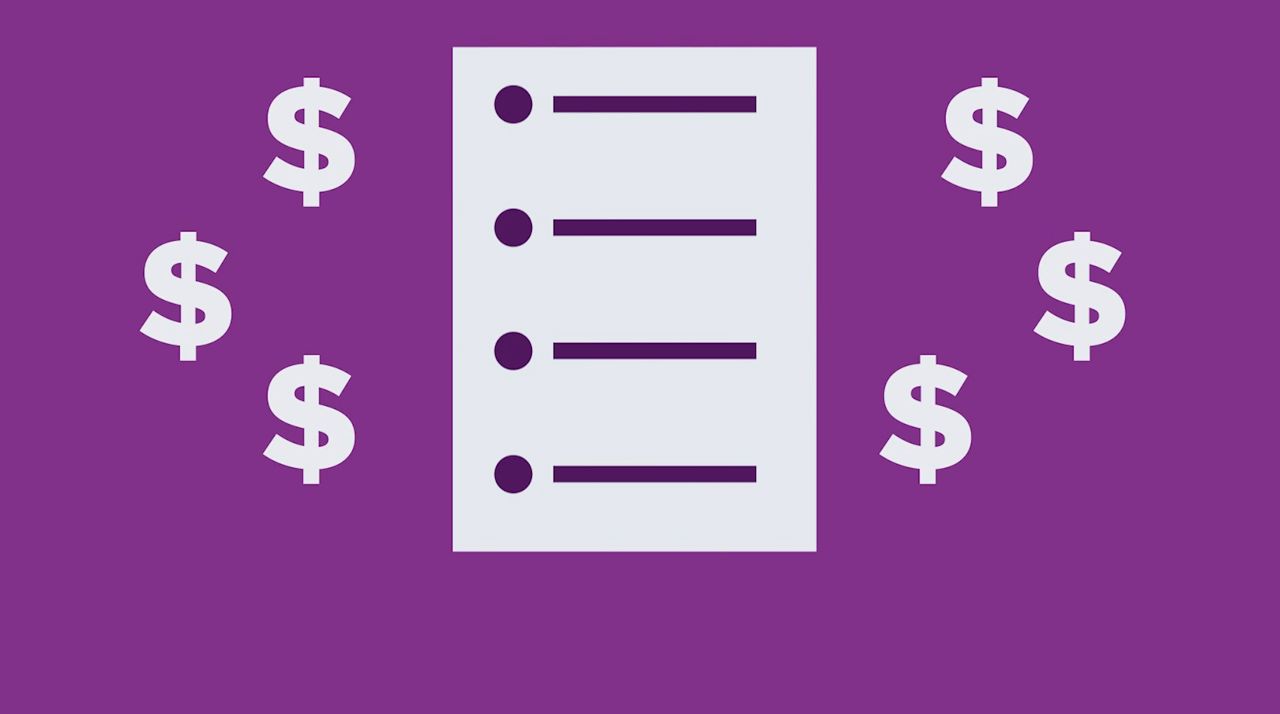MADISON, Wis. – Gov. Tony Evers will lay out his second spending plan for Wisconsin during a speech Tuesday night, but that's not the first step in crafting the state budget. Here's how the process works from start to finish:
Wisconsin has what's called a biennial budget, which means the plan for spending money lasts for two years from July of an odd-numbered year through June of the next odd-numbered year, so this budget will be from July 2021 through June 2023.
The process starts in the fall of even-numbered years when state agencies submit their requests to the governor. It's not just a wish list. The governor usually gives agencies some guidelines, like cutting spending or promoting some type of service.
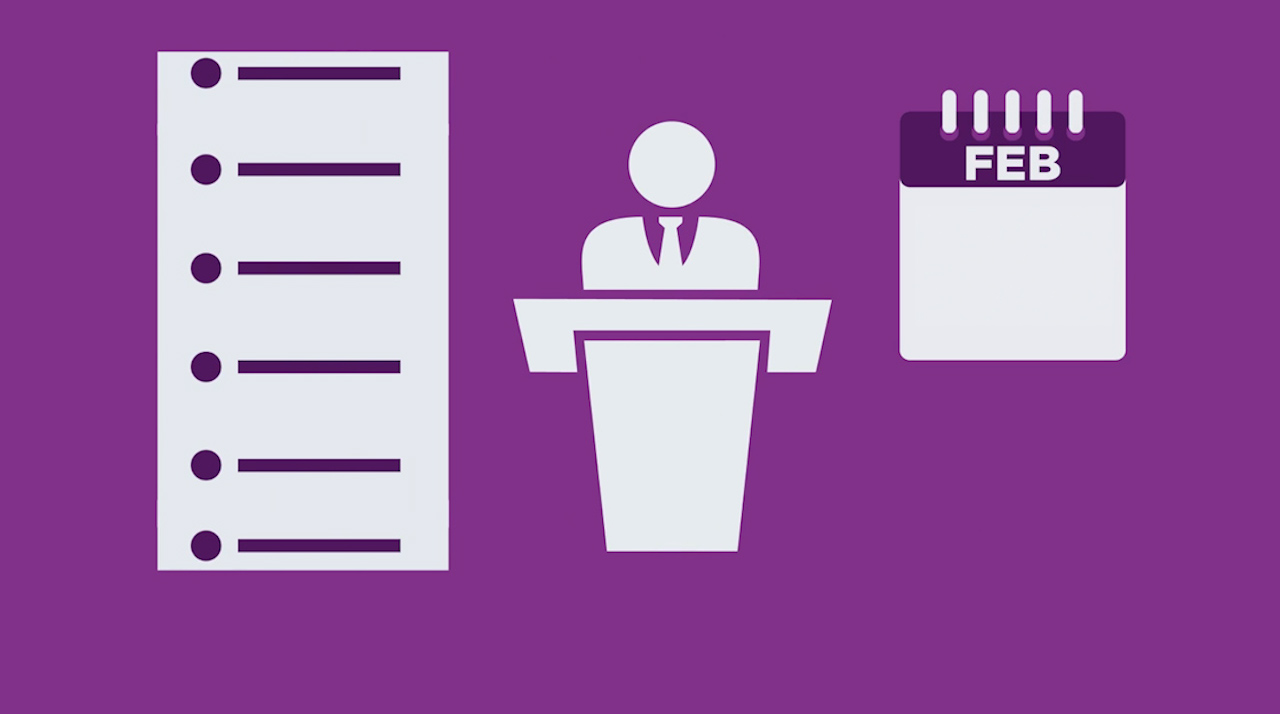
The governor will take those requests and propose a state budget, usually in February of the odd-numbered year, which is when the governor will highlight their proposals in an address to lawmakers.
After that, the process moves to the Legislature. It starts with the Joint Finance Committee, which is made up of lawmakers from both the Senate and Assembly, who are appointed by legislative leaders.
The Joint Finance Committee holds hearings around the state so regular people can share their thoughts.
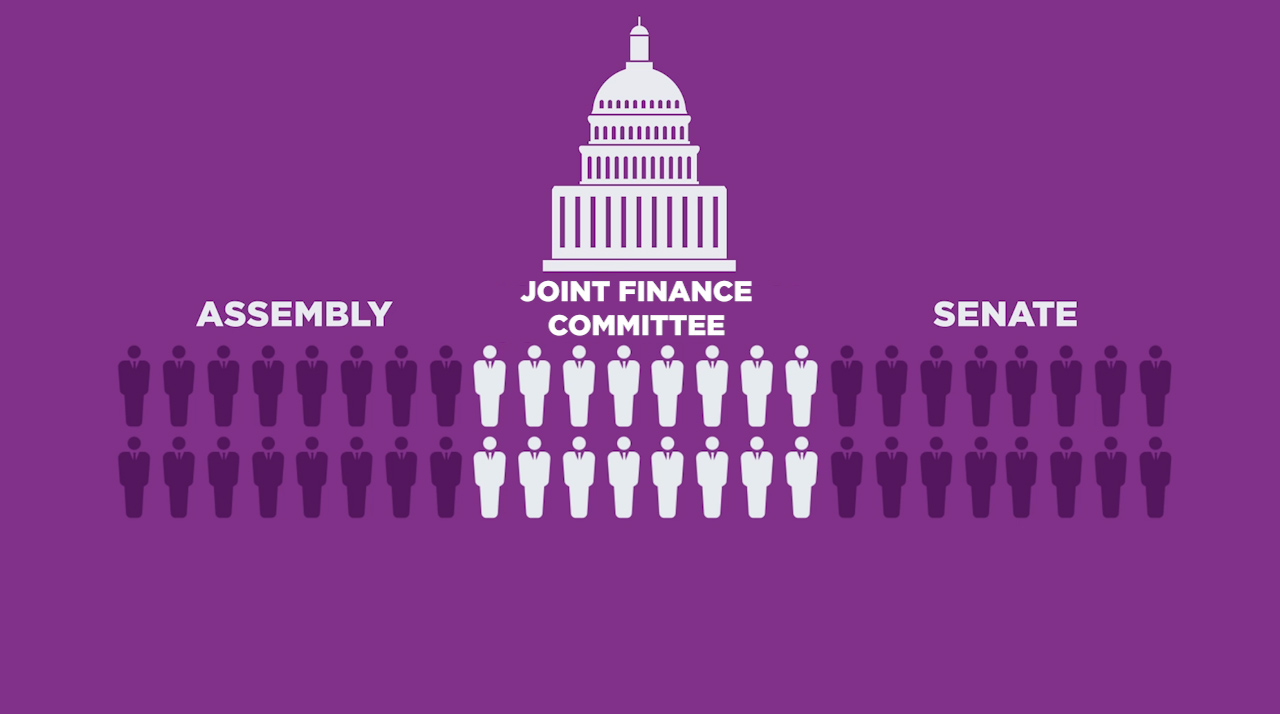
After hearing from the public, the Joint Finance Committee puts together its own version of the budget, which can look much different from what the governor proposed.
The budget will then go to either the full Senate or full Assembly.
One of the chambers will take up the bill and let lawmakers propose amendments and changes, and debate the bill.
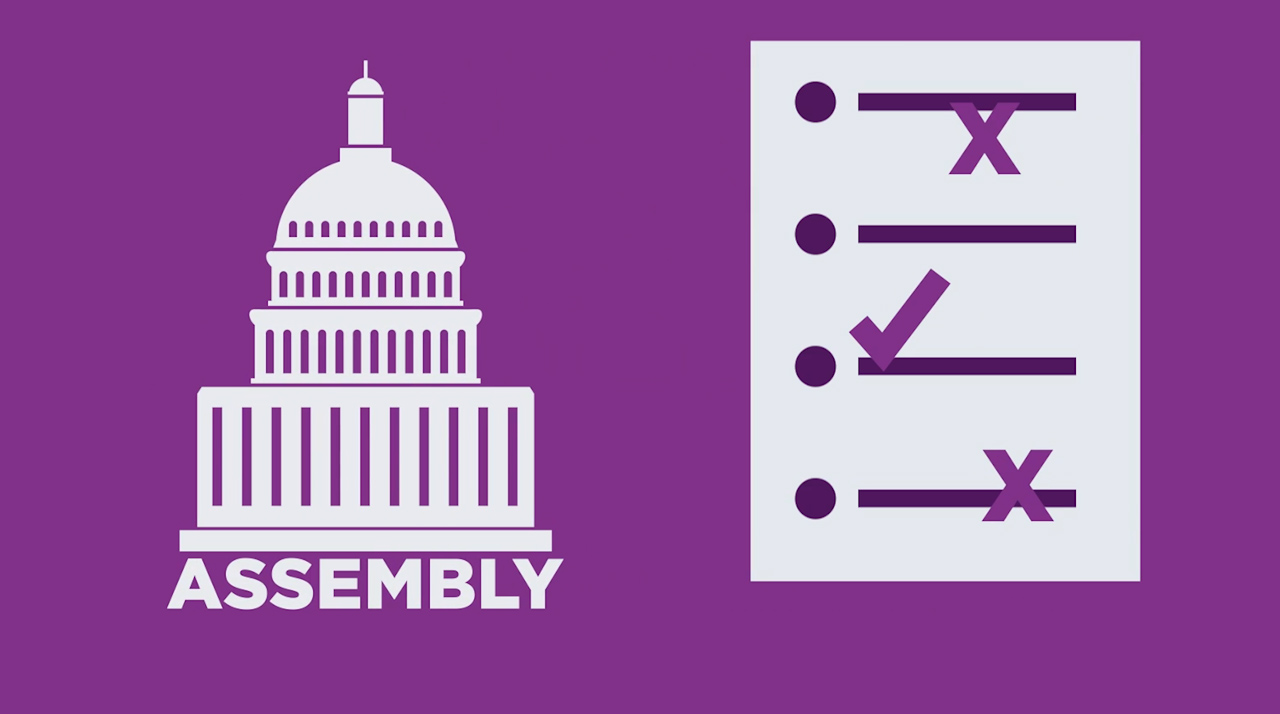
Once they pass their version, it goes to the other chamber where the whole process happens again.
If the two bills passed are really different, a conference committee made up of members from each chamber will usually iron out the details and come up with a compromise bill, which goes back to both chambers for a yes or no vote.
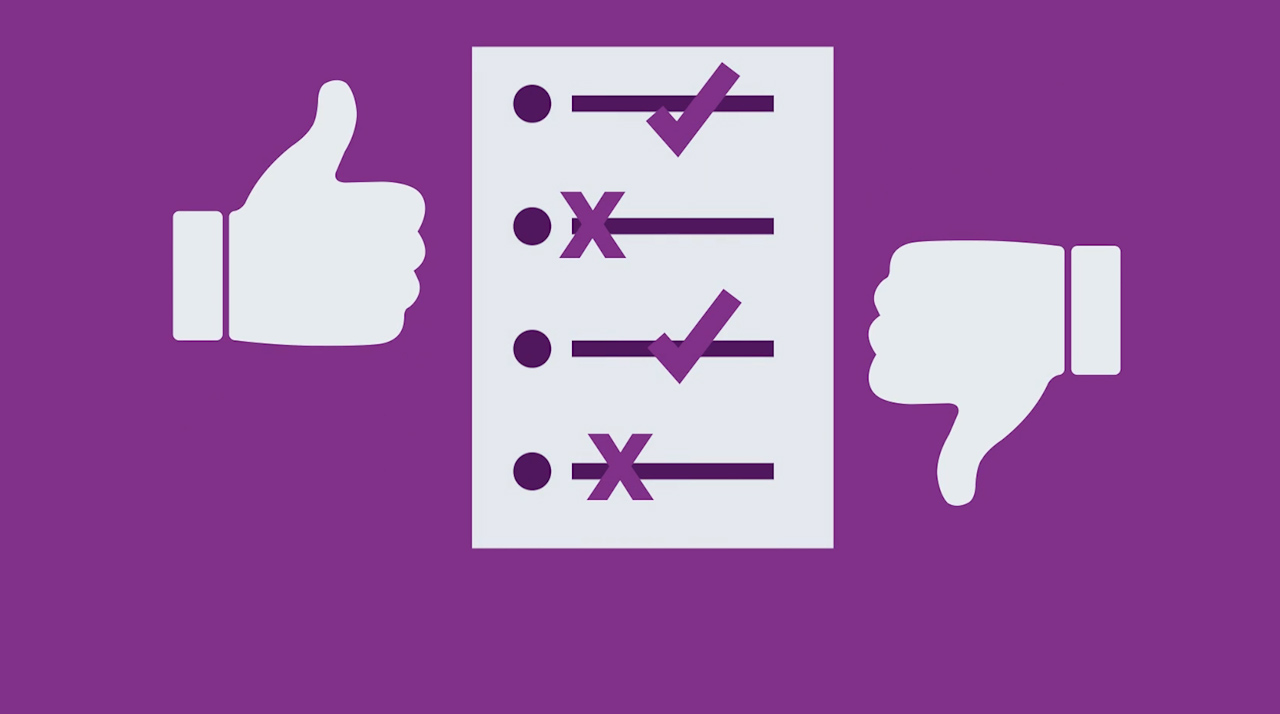
After both chambers pass the budget bill, it goes back to where it started—the governor's desk.
Unlike other states, in Wisconsin, the governor has the power to make line-item vetoes so they can cross out whole items, change dollar values, or even get rid of language to suit their liking.
The Legislature can override the governor's vetoes with a two-thirds vote of both chambers, but that rarely happens.
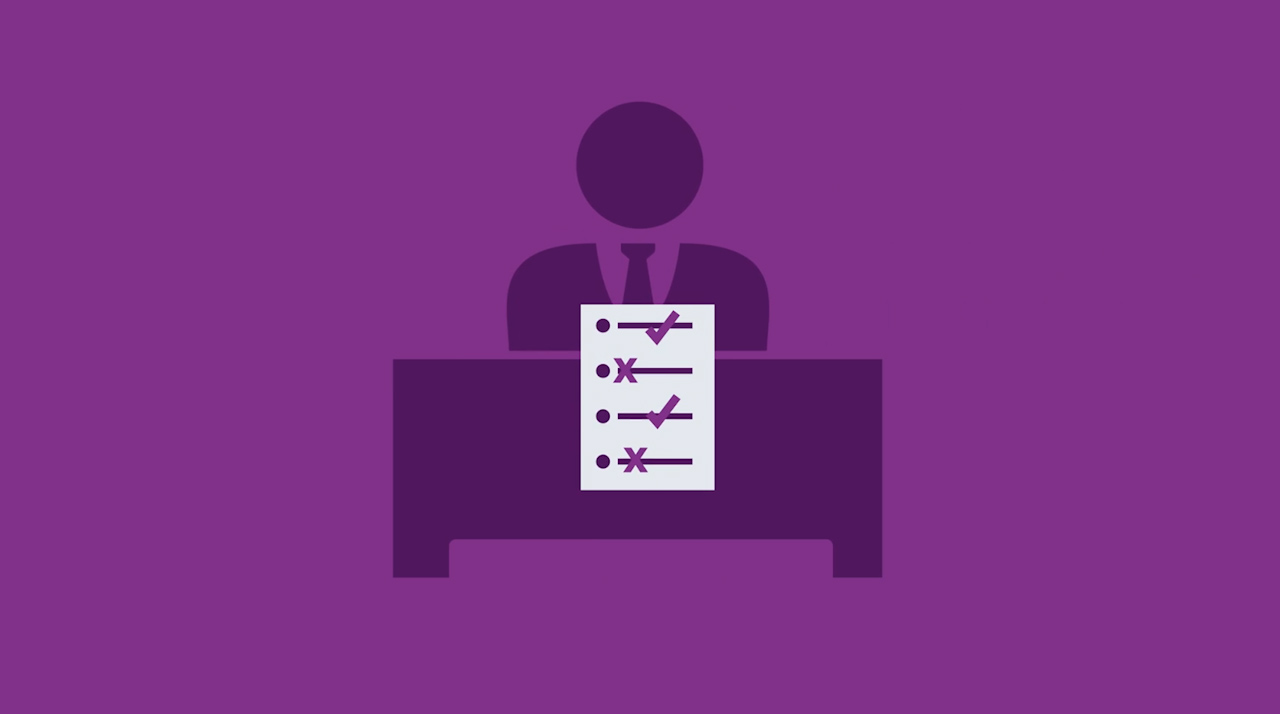
Finally, the budget is signed into law. It's supposed to happen by July 1, but sometimes back-and-forth disagreement can last into the fall.
If that happens, revenue and spending stay the same as in the previous budget until the new one is signed into law.
There's no government shutdown like at the federal level.



